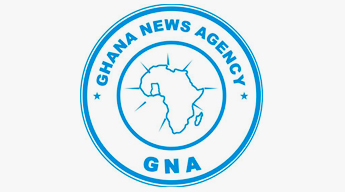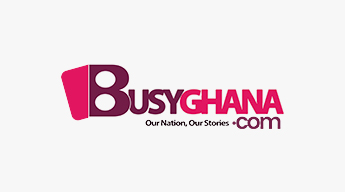The African investment arm of The Christie Company, Africa Integras serves as advisor and investor in education infrastructure projects across the continent.
AN EDUCATION CRISIS IN AFRICA
In 1970, there were fewer than 200,000 students enrolled in higher education in Sub-Saharan Africa. Nearly five decades later, there are more than 4.5 million—a faster rate of growth than any other region in the world.
However, the rate of higher-education enrollment remains at 4% of the eligible population—the lowest in the world. The global rate is 27%, and 74% in the developed world.
A major cause:
Lack of infrastructure.
For Africa to reach even 50% of the global rate of enrollment in higher education, it needs infrastructure for more than 6,000,000 additional students.
That will cost
over $50 billion.
Available capital from governmental and philanthropic sources is estimated at just $2 billion over the next decade. Only the private sector can address the massive financing gap that is causing Africa's crisis in education access.
That's where we come in.
Africa Integras works with governments, investors and banks to secure financing for a broad spectrum of education-based projects.
We have a growing pipeline estimated at over $300 million in total capital with over 55,000 student hostel beds.
Our portfolio includes a full range of academic buildings, including large dormitory complexes.
PRIMARY INVESTMENT TARGETS
University Public-Private Partnerships: Build-Operate-Transfer (BOT) agreements with governments and public universities with academic or student housing projects backed by occupancy guarantees or land grants.
Private University Master-planned Community: Private universities anchoring a large land parcel. Provide long-term BOT to university and develop surrounding land to include housing, commercial or leisure facilities. Both brownfield and greenfield.
Sector Specific Mixed-use Vocational and Secondary School Training: Secondary schools or vocational training facilities in and around a commercial enterprise such as hospitality, healthcare, construction, IT or other trade-based enterprises.
SECONDARY INVESTMENT TARGETS
Distance Learning Programs: Create or expand distance learning programs affiliated with partner universities in which the universities share in the profits from enrolment and students attend special on-site programs during vacation breaks to enhance revenues on dormitory facilities.
Private Student Financing Products: Partner with local banks and pension funds to introduce pilot student loan programs guaranteed by students’ local communities and further credit-enhanced by local pension funds.
Incubator Enterprises and Local Merchants: Spin-off businesses developed at partner universities (as well as synergistic retailers and companies that can employ students and graduates) and have scalable growth potential.
“Project Spotlight”
Facilities Expansion
UNIVERSITY OF GHANA
PROJECT SIZE: $64 million
CONCESSION PERIOD: 25 years
FACILITIES: Free standing buildings for College of Humanities, the College of Education, the College of Basic and Applied Sciences and Institute of Technology, the College of Health Sciences, and a dormitory building.
Dorm Beds: 984
Total Square Meters: 48,894 sq. meters
Construction Start: February 2016
Dormitory Residences
KENYATTA UNIVERSITY
PROJECT SIZE: $57 million
CONCESSION PERIOD: 20 years
FACILITIES: Handicap-accessible dormitory facilities for 9,350 undergraduates, 500 post graduates, and 150 married students. The project will include other customary amenities including kitchenettes, leisure facilities, cafes, and study areas.
Dorm Beds: 10,000
Total Square Meters: 70,915 sq. meters
Construction Start: 2020
PRESS FOR AFRICA INTEGRAS
Click to read stories
















